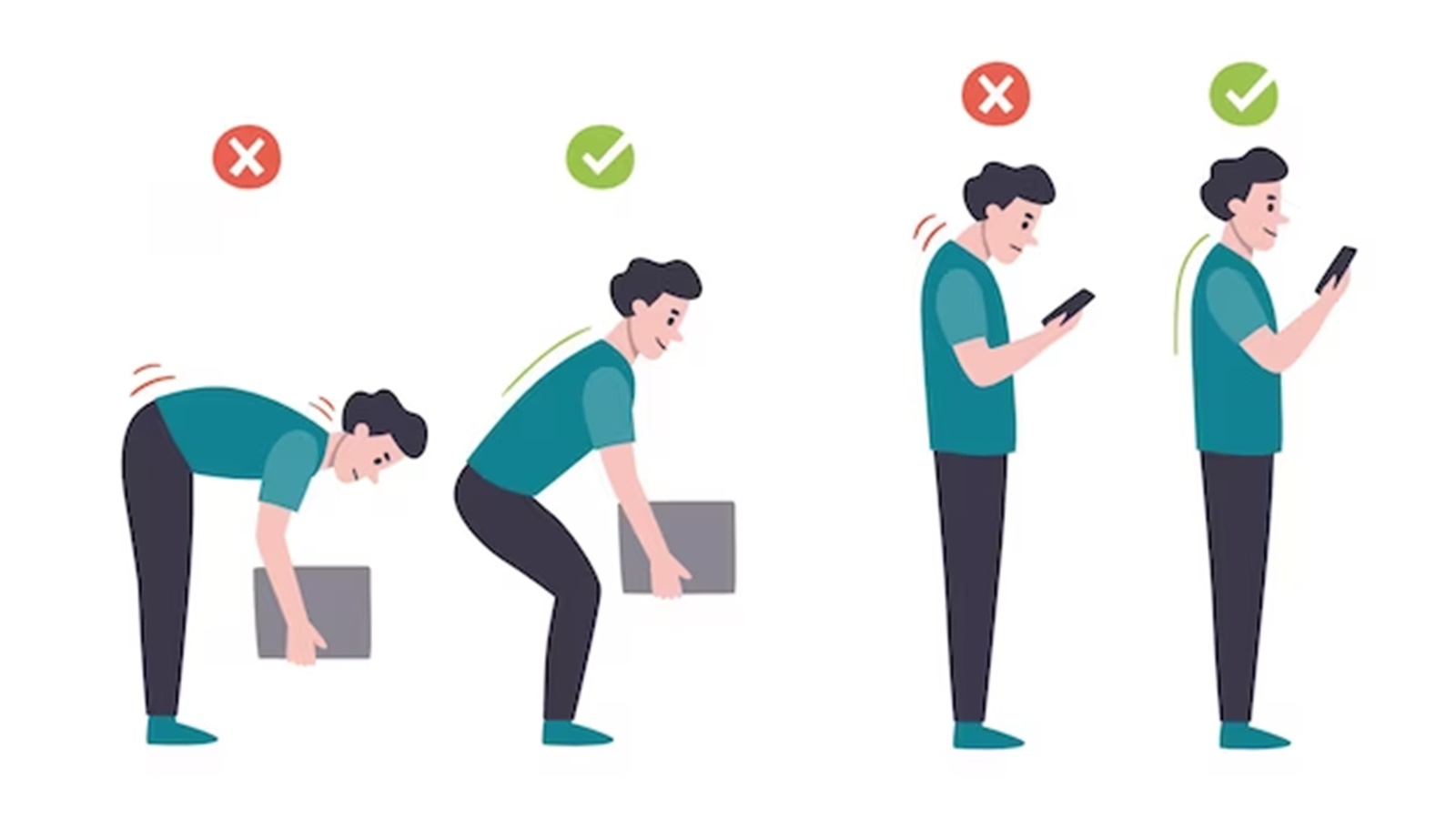What happens to your body when you do prolonged sitting every day without breaks? | Fitness News

What happens to your body when you do prolonged sitting every day without breaks? | Fitness News
In the modern era of sedentary lifestyles and desk-bound work, the consequences of prolonged sitting have become increasingly apparent. What occurs when we spend extended hours each day in the same position, be it at a desk or in front of a screen, goes beyond mere discomfort. Our bodies, intricately designed for movement, respond to prolonged periods of immobility in ways that may surprise and concern us.
Dr K. Somnath Gupta, sr. consultant physician and diabetology, Yashoda Hospitals Hyderabad, says prolonged sitting can have a musculoskeletal impact, which can lead to muscle stiffness, particularly in the neck, shoulders, and lower back. “It may contribute to poor posture and the development of muscle imbalances, along with reduced blood circulation.”

Prolonged sitting can lead to weakening and wasting away of the large leg and gluteal muscles, according to Dr R. A. Purnachandra Tejaswi, consultant orthopaedic surgeon, Yashoda Hospitals Hyderabad. “These large muscles are important for walking and for stabilising you. If these muscles are weak, you are more likely to injure yourself from falls, and from strains when you do exercise.”
There are many other things your body might be struggling with because of this.
Hips and Back
Just like your legs and gluteals, your hips and back will not support you as well if you sit for long periods. Sitting causes your hip flexor muscles to shorten, which can lead to problems with your hip joints. Sitting for long periods can also cause problems with your back, especially if you consistently sit with poor posture. Poor posture may also cause poor spine health such as compression in the discs in your spine, leading to premature degeneration, which can be very painful.

Weight
 Moving your muscles helps your body digest the fats and sugars you eat. . (Photo: Unsplash)
Moving your muscles helps your body digest the fats and sugars you eat. . (Photo: Unsplash)
If you spend a lot of time sitting, digestion is not as efficient, so you retain those fats and sugars as fat in your body.
Anxiety and depression
We do know that the risk of both anxiety and depression is higher in people who sit more, according to Dr Tejaswi. This might be because people who spend a lot of time sitting are missing the positive effects of physical activity and fitness. If so, getting up and moving may help.
Cancer
Dr Tejawsi noted that emerging studies suggest the dangers of sitting include increasing your chances of developing some types of cancer, including lung, uterine, and colon cancers.
Diabetes
Studies have shown that even five days of lying in bed can lead to increased insulin resistance in your body (this will cause your blood sugars to increase above what is healthy). Research suggests that people who spend more time sitting have a 112 per cent higher risk of diabetes, according to Dr Tejaswi.
Deep vein thrombosis
Sitting for too long can cause deep vein thrombosis (DVT), for example on a long plane or car trip, said Dr Tejaswi. A deep vein thrombosis is a blood clot that forms in the veins of your leg. If part of a blood clot in the leg vein breaks off and travels, it can cut off the blood flow to other parts of the body, including your lungs, which can cause a pulmonary embolism. This is a medical emergency!
Stiff neck and shoulders
If you spend your time hunched over a computer keyboard, this can lead to pain and stiffness in your neck and shoulders. According to Dr Tejaswi, physical inactivity contributes to over three million preventable deaths worldwide each year (that is six per cent of all deaths). It is the fourth leading cause of death due to non-communicable diseases.
 Physical inactivity is the second highest cause of cancer in Australia, behind tobacco smoking, according to Dr Tejaswi. (Source: Freepik)
Physical inactivity is the second highest cause of cancer in Australia, behind tobacco smoking, according to Dr Tejaswi. (Source: Freepik)
Results from the ICMR-INDIAB study show that overall 392 million individuals are inactive in India. This is a staggering figure and implies a huge population at risk for developing diabetes and other non-communicable diseases.
How can you deal with these problems?
Build more activity into your day
• Walk or cycle, and leave the car at home.
• Use the stairs instead of the lift or escalator.
• Get off the bus one stop early and walk the rest of the way.
• Park further away from wherever you’re going and walk the rest of the way.
• Take short breaks every hour to stand up, stretch, or walk around, promoting better blood circulation and reducing muscle stiffness.
Be active at work
You can move around at work more than you think:
• Walk over and talk to your colleagues instead of emailing them.
• Take your lunch break away from your desk and enjoy a short walk outside if you
can.
• Organise walking meetings.
• Adjust your chair and desk to support a neutral spine position, and consider using a standing desk to alternate between sitting and standing.
Be active indoors
Don’t let bad weather stop you from being active! You can do bodyweight exercises such as squats, sit-ups, and lunges. You can also try indoor activities such as:
• dancing
• swimming at an indoor pool
• yoga





